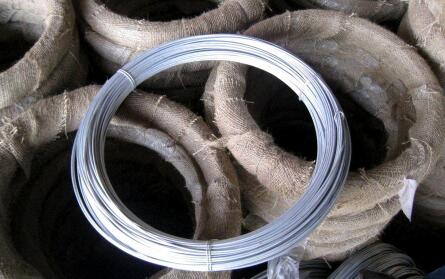Understanding the Types of Screen Wire A Comprehensive Guide
When it comes to securing our living spaces while allowing natural airflow and visibility, screen wire plays a crucial role. It acts as a barrier against insects and debris while maintaining the aesthetic appeal of windows and doors. There are various types of screen wire available, each designed for specific applications and environments. This article will explore the different types of screen wire, highlighting their features and uses.
1. Fiberglass Screen Wire
Fiberglass screen wire is one of the most common types of screen used in residential settings. It is lightweight, flexible, and resistant to rust, making it an ideal choice for homes situated in humid or coastal areas. This type of screen wire is easy to install and can be found in a variety of mesh sizes, allowing homeowners to select the level of visibility and airflow they desire. The natural color of fiberglass is gray, but it can also be coated with different colors for aesthetic purposes. Fiberglass screens are particularly praised for their durability in harsh weather conditions.
2
. Aluminum Screen WireAluminum screen wire is known for its strength and longevity. Unlike fiberglass, it is rigid and provides a more robust barrier against pets and larger insects. Aluminum screens can be used in both windows and doors and are available in different mesh sizes. They come in either a silver finish or a charcoal color, enhancing the design of modern homes. This type of screen wire is especially suited for high-traffic areas, as it can withstand more wear and tear compared to its fiberglass counterpart.
3. Stainless Steel Screen Wire
types of screen wire

For those seeking maximum durability and rust resistance, stainless steel screen wire is the optimal choice. It is exceptionally strong and can endure extreme environmental conditions without deteriorating. Stainless steel screens are often used in commercial applications where safety and security are paramount. While they are more expensive than aluminum and fiberglass options, their longevity and strength justify the investment, especially in areas prone to severe weather or high pest activity.
4. Pet-Resistant Screen Wire
Homeowners with pets often face challenges with regular screen wires, as they can be easily torn or damaged. Pet-resistant screen wire is designed with heavier gauge materials and tighter weaves, making it an ideal choice for homes with dogs or cats. This specialized screen is crafted to withstand scratching and climbing, providing peace of mind to pet owners. While it is slightly more expensive than standard screen wire, it proves to be a worthwhile investment for those looking to protect their screens from their furry friends.
5. Solar Screen Wire
Solar screen wire serves a dual purpose it blocks harmful UV rays while allowing air to flow freely. This type of screen is particularly beneficial in sunny climates where sun exposure can fade furniture and damage interiors. Solar screens are typically darker in color, which helps absorb heat and reduce glare, making indoor spaces more comfortable. By installing solar screen wire, homeowners can enjoy the benefits of fresh air while also protecting their interiors from excessive heat and sun damage.
Conclusion
Choosing the right type of screen wire involves considering your specific needs and environment. Fiberglass screens are ideal for cost-effectiveness and ease of installation, while aluminum provides enhanced durability. For extreme conditions, stainless steel is the go-to option. Pet owners will benefit from pet-resistant screens, and those living in sunny areas can take advantage of solar screens to protect their homes from UV rays. Each type of screen wire has unique features that cater to different requirements, making it essential for homeowners to understand their options to maintain a comfortable, safe, and aesthetically pleasing living environment. Whatever your choice may be, investing in the right screen wire can greatly improve your quality of life while ensuring your spaces remain insect-free and well-ventilated.

















